UPSC CDS II Answer key 2021 with Solutions For All SETS A B C D: Union Public Service Commission (UPSC) conducted the Common Defence Service (CDS) 2 examination on 14th November. The examination has been conducted in a large number of places across the nation. CDS 2 English examination has been organized by the UPSC. A large number of competitors have appeared for the UPSC CDS 2 written test as per the schedule. Aspirants competed for UPSC CDS 2 examination on 14th nov can soon download UPSC CDS 2 English answer key 2021 from the official website, upsc.gov.in. By visiting the UPSC portal, competitors can download UPSC CDS Answer Key for English, Maths, and General Knowledge. The answer key will be available for all the sets A, B, C, D for each subject. Aspirants can download the answer key for the corresponding set and estimate the score by tallying the answers with it. Aspirants can calculate the correct answers and attempted answers to estimate the score. Soon, the organization will roll out UPSC CDS 2 answer sheet 2021 on its official website.
UPSC CDS 2 Answer Key 2021 – 14th November GK Maths English Key Solutions, Question Papers
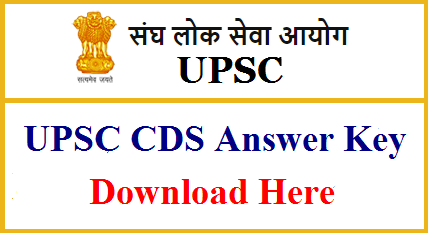 various examinations to hire suitable candidates into Indian Military Academy. The UPSC annually releases various notifications to hire the aspirants into Air Force Academy (AFA), Indian Military Academy (IMA), Indian Naval Academy (INA), and Officers Training Academy (OTA). The organization recently announced the recruitment notification to hire candidates for Common Defence Service (CDS) II Posts. The organization accepted applications from eligible and interested aspirants in the month of July from 15th to 22nd Candidates aspiring to get UPSC CDS posts have applied for the announced posts within the application dates. Candidates will be shortlisted through the written test, interview rounds. Finally, shortlisted candidates will be recruited in CDS II posts across the nation.
various examinations to hire suitable candidates into Indian Military Academy. The UPSC annually releases various notifications to hire the aspirants into Air Force Academy (AFA), Indian Military Academy (IMA), Indian Naval Academy (INA), and Officers Training Academy (OTA). The organization recently announced the recruitment notification to hire candidates for Common Defence Service (CDS) II Posts. The organization accepted applications from eligible and interested aspirants in the month of July from 15th to 22nd Candidates aspiring to get UPSC CDS posts have applied for the announced posts within the application dates. Candidates will be shortlisted through the written test, interview rounds. Finally, shortlisted candidates will be recruited in CDS II posts across the nation.
Also Check: UPSC CDS 2 Result 2021
UPSC CDS 2 Answer Key 2021, Solutions – Important Details
| Organization Name | Union Public Service Commission(UPSC) |
| Official Site | upsc.gov.in |
| Posts Name | Combined Defence Service (CDS II) |
| Exam Date | 14th November 2021 |
| Category | UPSC CDS 2 Answer Key 2021 |
| Status | Unofficial answer keys available Now |
UPSC CDS 2 Answer Key 2021 solutions Download at upsc.gov.in
All the aspirants competed for the UPSC CDS 2 examination can download UPSC CDS II Answer key 2021 within 3 to 4 days after the examination. UPSC CDS 2 answer key for GK, English, and Maths for all sets A, B, C, D will be released by the authority. Aspirants can download the corresponding answer key to estimate the score. Candidates who are eager to check the question paper solutions immediately can check the answer keys from various coaching institute’s official portals. The unofficial answer key will be available on the same day evening of the examination. Soon after the official answer key availability on UPSC website, competitors can download and evaluate their score for more accuracy. Aspirants can download UPSC CDS II Answer Key 2021 for the following subjects and sets.
Answer Key Links CDS-2 (English Paper) Exam 2021 Set wise (UnOfficial)
Answer Sheet of English Paper Exam 2021 | Question Paper
Answer Key Links CDS-2 (General Knowledge) Examination 2021 Set wise (Not Official)
Answer Sheet of General Knowledge Paper Exam 2021 | Question Paper
Answer Key Links CDS-2 (Maths) Examination 2021 Set wise (Not Official)
Answer Sheet of Maths Paper Exam 2021 | Question Paper
UPSC CDS 2 Cutoff marks 2021, merit list
UPSC is going to announce the CDS 2 cutoff marks, result, and merit list in the month of October [tentatively]. The cutoff marks will be announced based on various factors such as the number of competitors, the number of announced posts, the difficulty level of examination, and various other aspects. Candidates have to clear the UPSC CDS 2 Examination with requisite cutoff marks to get shortlisted for the UPSC CDS II Merit list 2021. Competitors who clears the CDS 2 2021 exam with the good merit, will be called for admission in the course commencing in Jan 2022 at IMA, AFA, NA, and OTA for Army, Air Force wings and Navy.
How to Download UPSC CDS Exam Answer Key 2021
- Go to the official site upsc.gov.in
- Click on “UPSC CDS II 2021 Answer Key” Link
- The UPSC CDS II Answer Sheet PDF for Set A, B, C, D will be displays on screen.
- Compare with the corresponding set to calculate the score.
- Take a printout if necessary for further reference.
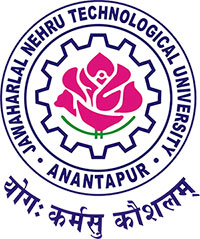

320-x100(1).gif)

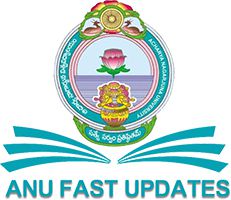

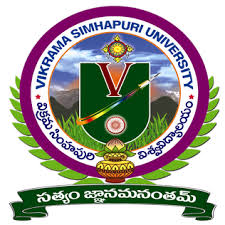

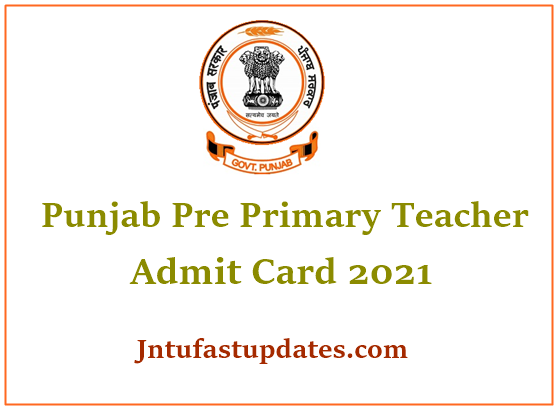

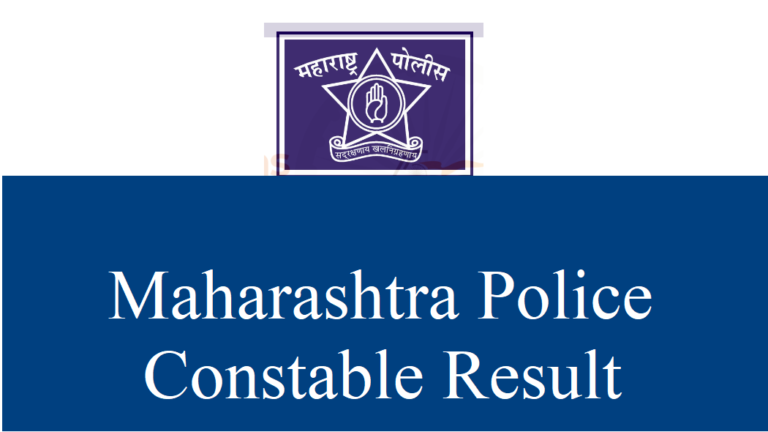
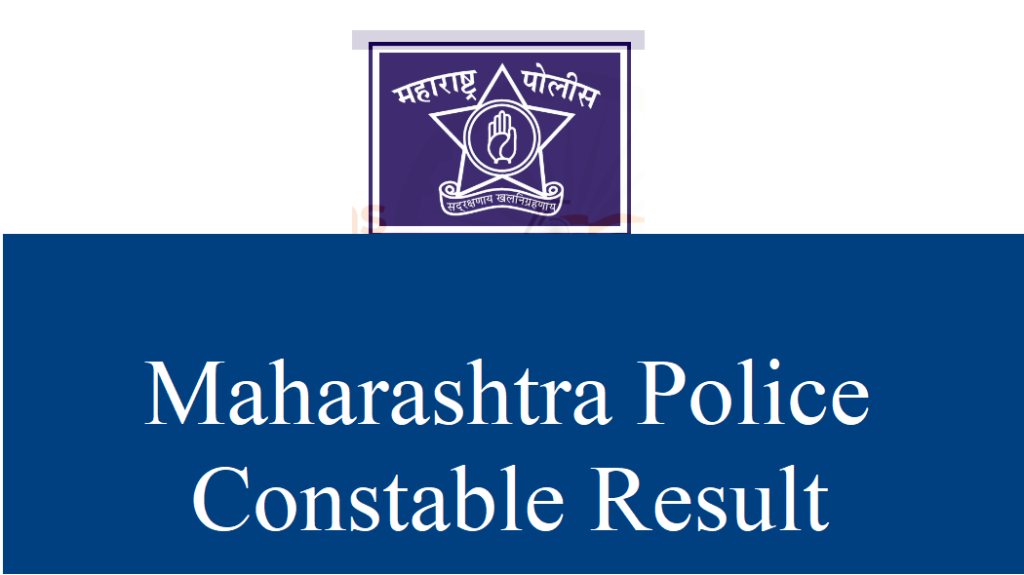
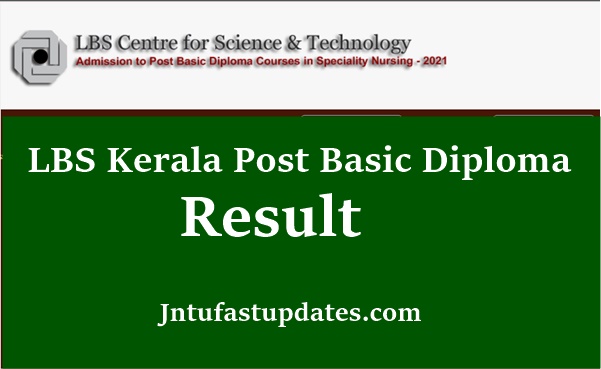

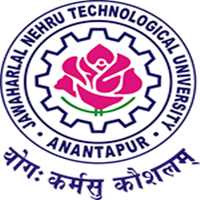

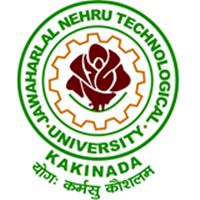


 various examinations to hire suitable candidates into Indian Military Academy. The UPSC annually releases various notifications to hire the aspirants into Air Force Academy (AFA), Indian Military Academy (IMA), Indian Naval Academy (INA), and Officers Training Academy (OTA). The organization recently announced the recruitment notification to hire candidates for Common Defence Service (CDS) II Posts. The organization accepted applications from eligible and interested aspirants in the month of July from 15th to 22nd Candidates aspiring to get UPSC CDS posts have applied for the announced posts within the application dates. Candidates will be shortlisted through the written test, interview rounds. Finally, shortlisted candidates will be recruited in CDS II posts across the nation.
various examinations to hire suitable candidates into Indian Military Academy. The UPSC annually releases various notifications to hire the aspirants into Air Force Academy (AFA), Indian Military Academy (IMA), Indian Naval Academy (INA), and Officers Training Academy (OTA). The organization recently announced the recruitment notification to hire candidates for Common Defence Service (CDS) II Posts. The organization accepted applications from eligible and interested aspirants in the month of July from 15th to 22nd Candidates aspiring to get UPSC CDS posts have applied for the announced posts within the application dates. Candidates will be shortlisted through the written test, interview rounds. Finally, shortlisted candidates will be recruited in CDS II posts across the nation.